Content
Before purchasing a fluffy and very active animal, you need to arrange a place for it to live. Like all rodents, chinchillas love to taste everything. An animal running freely around the house includes chewed furniture, baseboards, walls and electrical wires. This not only outrages the owners, but also poses a danger to the chinchilla itself.
There are commercially produced cages for chinchillas, but not all pet stores can buy them. In addition, a purchased cage provides only the minimum needs of the animal, and the owner usually wants his pet to be happy. You can make a custom cage for a chinchilla yourself.
DIY display case and house for a chinchilla
Cages for chinchillas can be divided into two large groups: for fur farms and for home keeping.
For your home, you can make a cage 80 cm high. But most chinchilla breeders prefer to make a display cage. Feature of the showcase: the height significantly exceeds the width and length. The side walls can be covered with a metal wall or be completely wooden.Often an old cabinet is converted into a display case for a chinchilla. For the same reason, sometimes a display case looks like a bedside table.
How to make a showcase from an old cabinet
The main requirement for a chinchilla cage is floor space. There should be 0.4 square meters per animal. m, that is, 1 m x 0.4 m. The length and width of the cell in this case are not a dogma - the dimensions can be changed proportionally. For larger numbers of animals, the cage area is increased accordingly.
An old closet is convenient because it requires a minimum of labor when converting it into a house for chinchillas. But it is also dangerous, since cabinets are usually made of particle boards. If an animal tries chipboard on a tooth, it may become poisoned.
- The doors are removed from the cabinet and the inside is converted for animals.
- If there are shelves, they are partially cut out so that the chinchillas can move freely from bottom to top and back.
- If shelves were not provided in the closet, freedom of creativity appears. Shelves for chinchillas can be placed according to your taste.Important! Shelves should be made of natural wood. If it is inconvenient to gnaw on the smooth side walls, then the chinchilla will definitely try the horizontally located ones.
- A hole is cut out in the top of the cabinet for air circulation. The hole is covered with a metal mesh.
- Instead of cabinet doors, wooden frames covered with metal mesh are made. You can simplify your work and make frames from “original” doors by cutting holes in them along the entire length. You only need to leave strips around the perimeter of the door about 10 cm wide.
- It would be ideal if the cabinet had lower drawers. Then the floor in the main part of the display case is removed and replaced with a mesh. A tray for litter, feed and garbage is placed under the mesh.In this case, you won’t have to open the entire display case to clean out the chinchilla’s cage.
- If desired, the side walls of the display case can also be made mesh.
Showcase from scratch
When making a display case from scratch, you will need a solid back panel made of wood and timber for the frame. Everything else can be covered with metal mesh. In addition, you will also need:
- screwdriver;
- self-tapping screws;
- jigsaw;
- hinges for doors;
- drill;
- drill;
- PVC tape.
Since the display case is made individually, taking into account the size of the room in which the chinchillas will live, and the location of other furniture in the room, drawings are usually not made. The length, width and height of the future display case are measured on site and the required amount of materials is calculated. An approximate drawing of the future showcase looks like this:
The vertical supports of the frame also serve as legs if the floor in the display case is mesh and there is a garbage tray underneath it.
The photo shows a display case for several chinchillas with the expectation of raising young animals. In this case, the display case was made from scratch and the specified dimensions were used.
Sometimes the display case is placed in the corner of the room. But a corner display case for chinchillas is more difficult to make and requires at least minimal woodworking skills.
For such a showcase as in the photo, you will need two solid panels, knocked down at right angles. It will not be difficult for a carpenter to make such a corner display case, and other chinchilla owners can make their work easier by converting an old corner cabinet to suit the needs of their chinchillas.
If animals are kept for a short period of time, repairs will have to be made after them.
A simpler version of a corner showcase can be made by using walls to enclose the space.
- A couple of vertical bars of the required height are placed on the walls. They must cover the habitable part of the display case.
- On top of these bars two horizontal ones are nailed.
- It is best if the metal mesh is located inside the cage. That is, first a mesh is attached to the upper bars, then the bars are nailed to the wall.
- A similar operation is performed below.
- To protect the wall from attempts to sharpen teeth on it, the sides can also be covered with a metal mesh.Note! The bottom of the cage should not reach the floor of the room if it is made of mesh.
- If there is a fear that the chinchilla will injure its paws on the mesh, the bottom is made of a solid wooden or plastic shield. The same applies to “regular” storefronts. In this case, a suitable-sized tray for excrement is placed at the bottom of the display case or the wood is covered with waterproof, dense material.
- The screen doors are attached to the vertical side bars. You can make two doors, or one wide one. Also, for ease of cleaning, you can divide the doors vertically, making them open independently. Then to clean the display case it will be enough to open only the bottom half.
- Inside the display cases, shelves are screwed at different levels on which chinchillas will run.
- After the main part of the future home is ready, the heads of all bolts and screws are covered with plugs, since chinchillas often try to sharpen their teeth on them. To prevent the animal from gnawing wooden blocks, they are covered with PVC tape.
If you put a drinking bowl and feeder in the cage, then the dwelling will be ready to receive inhabitants. But for chinchillas to live comfortably in a display case, additional equipment will be required.
How to set up a chinchilla cage
With shelves alone, the animal will feel uncomfortable. Chinchillas are good jumpers, but they are far from squirrels. Therefore, it will be necessary to make transitions between the shelves. In addition, as nocturnal animals, chinchillas need shelter where they can sleep during the day. First of all, animals need a home.
Making a house
The appearance of the house depends solely on the imagination and skill of the chinchilla owner. The main requirement is that it must be the right size. In a shelter that is too spacious, the animal will feel discomfort, and in a shelter that is too small, it will feel cramped. The simplest version of the house is in the photo below. This is a wooden box with a cut-out entrance.
A more complex version of a large house for a large chinchilla also provides the possibility of attaching a wooden hemp treat to the house.
Otherwise, the owner’s imagination is not limited. You can make houses on several floors, with several entrances, or decorate them with carvings.
Bathing suit
Chinchillas love to swim in the sand, so a bathing suit is also one of the essential items for animals, as is a feeder and drinking bowl. Bathing suits can be bought at a pet store, but they are also easy to make with your own hands.
Hay manger
The feeder is used for feeding grain concentrates and various dried fruits to animals. There should be a separate place for hay. You can make miniature mangers of a classic shape.
They can be made from wire or wooden sticks.
Although the animals are often equal in size, the rabbit is not adapted to fit into very narrow crevices. What is safe for rabbits may pose a threat to the life of a chinchilla. In the photo below, the chinchilla just got into the rabbit hay ball and cannot get out of it on her own.
Feeder, water bowl, manger, house, tray and bathing bowl - the display case now has everything a chinchilla needs, except for a small town for physical activity.
Town
Chinchillas are animals prone to obesity, and they need active movement just like food and water. You can make chinchillas move by building them easy-to-climb routes in the “town.”
The town includes:
- running wheel for chinchillas;
- shelves fixed at different levels;
- transitions between shelves.
The variety of transitions is limited only by the imagination and skill of the chinchilla owner.
It can be:
- suspension bridges;
- tunnels;
- stairs;
- swing.
The only requirement for all these products is natural wood without paint or varnish. You can make transitions from unsanded branches of edible tree species. And change it periodically.
The role of a transition, a toy and a place to rest is simultaneously performed by a hammock for a chinchilla suspended in a display case. It is made from dense non-stretch fabric. Denim suits well. They secure it so that the chinchilla can jump into the hammock, but cannot swing it too much.
In addition to shelves and passages, the town must have a running wheel and a treadmill. The wheels are sold in pet stores and are designed for all active small animals. You need to buy a wooden or plastic one, as a metal wheel can be dangerous for a chinchilla.But you can do it yourself.
DIY chinchilla wheel
To make a wheel you will need:
- 2 sheets of plywood with a side of at least 40 cm and a thickness of at least 1 cm;
- up to 10 figured meter slats;
- automobile tension bearing;
- drill;
- drill 12 mm;
- self-tapping screws;
- 2 bolts with a diameter of 12 mm: long and short;
- screwdriver;
- washers for bolts;
- nuts for bolts;
- jigsaw
Manufacturing technology:
- Find the middle in the pieces of plywood and drill holes. Using a jigsaw, cut out 2 circles of 30 cm in diameter.
- One is left, another circle with a diameter of 25–27 cm is cut out of the other. Only a large circle will be needed from this circle.
- The slats are cut into pieces about 15 cm long. The size of the slats depends on the chinchilla. The animal must fit freely into the wheel.
- The cut slats are attached closely to the ends of the circle and the cut out circle.
- Put a washer on the long bolt, insert the bolt from the inside into the wheel, put on another washer and screw the structure with a nut.
- A hole for a bolt is drilled in the wall of the display case.
- The center of the bearing is aligned with the hole in the wall and the bearing is screwed in with self-tapping screws.
- The wheel with the bolt is inserted into the bearing and tightened with a nut from the outside of the display case.
The video shows in sufficient detail how to make a running wheel for chinchillas.
Treadmill
For chinchillas, this is an additional device, and it is easier to buy it in a store. There it can be sold as a treadmill for decorative hedgehogs. She looks like this.
Now the display case contains everything necessary for a happy life for chinchillas. All that remains is to figure out what a walking ball is.
Chinchilla ball
This is a device that a chinchilla should not have.The plastic ball transmits infrared rays very well and heats up from the inside. Chinchillas do not tolerate heat well. Half an hour in such a ball is enough for the animal to die.
In such a ball, some careless owners of small animals let them “walk” in the fresh air and eat the green grass that falls into the cracks of the ball. Juicy food is contraindicated for chinchillas. And the stress of a walk is much more harmful than being in a spacious display case.
Farm cage
A chinchilla cage on a fur farm is almost no different from a rabbit cage. The only differences are an additional shelf above the floor of the cage and a passage for the male, who mates with 4–8 females at once on the farm. You can also make a cage for a fur chinchilla with your own hands.
For this you will need:
- galvanized mesh;
- scissors for cutting metal;
- clamps;
- pliers.
Manufacturing process:
- The mesh is marked and cut into pieces.
- An additional shelf is tightly attached to one of the side parts.
- Then all sides are secured with clamps.
- A door is cut out in the front part of the cage and hung on the fasteners.
- A passage is made in the side walls for the male chinchilla and covered with a small tunnel. The tunnel is needed so that the male can rest.
- They place a feeder, a water bowl, a nursery and a house in the cage and let the chinchillas in.
If necessary, houses are made independently according to the same scheme as for rabbits.
Conclusion
A chinchilla will bring a lot of joy and live a long time if it has the opportunity not only to eat properly, but also to exercise a lot. A lot of space is needed for active movement, and industrial store cages are too small for this.Therefore, most chinchilla owners prefer to make display cases for their animals with their own hands.
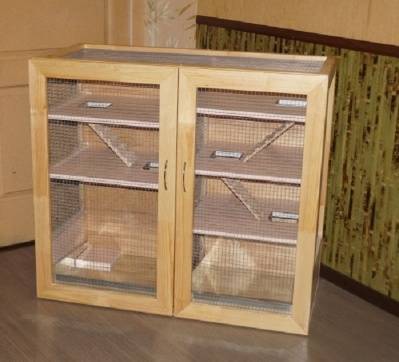
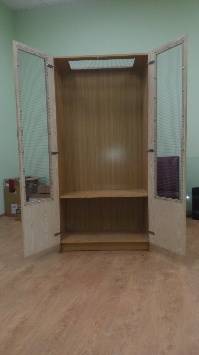
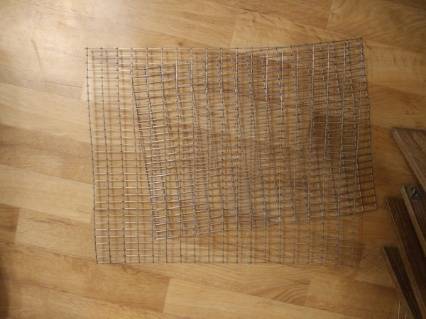
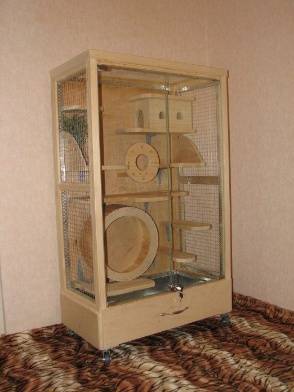
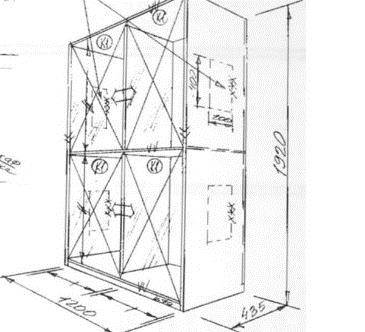
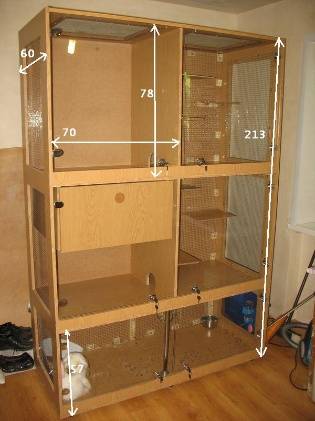
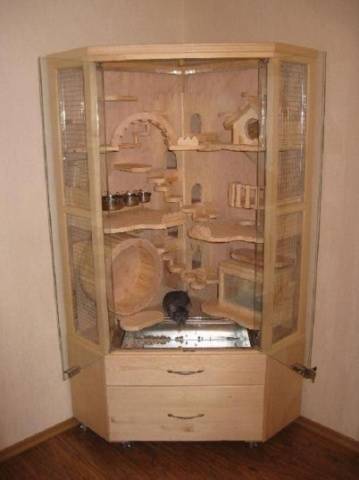
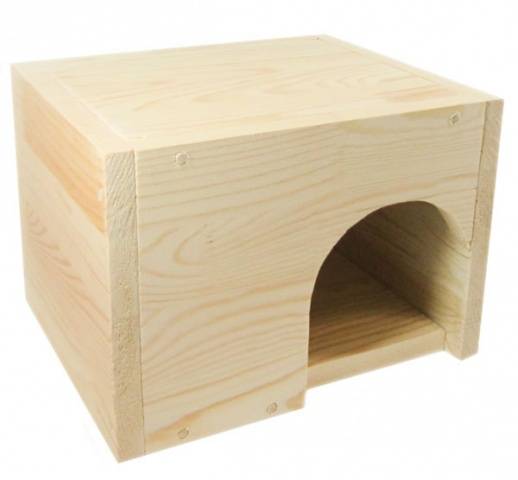
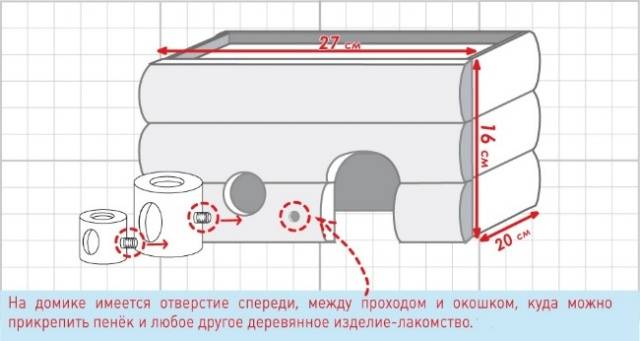
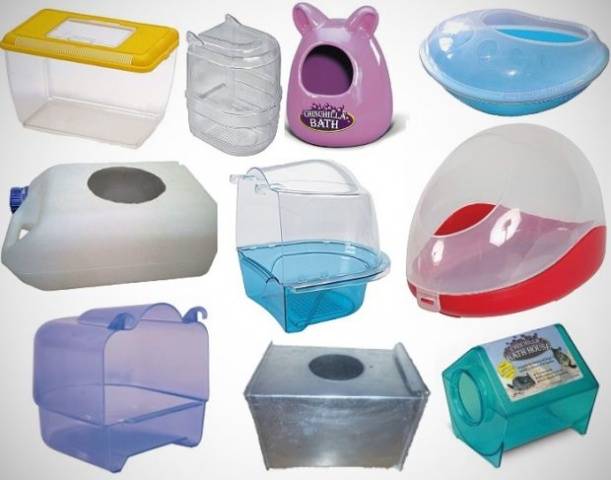
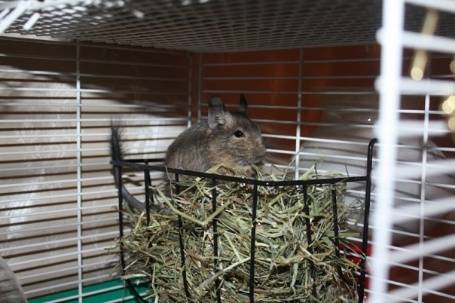
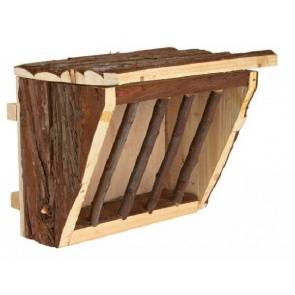
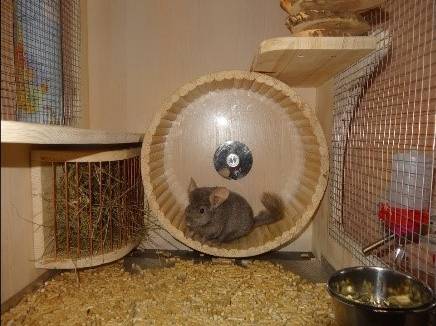
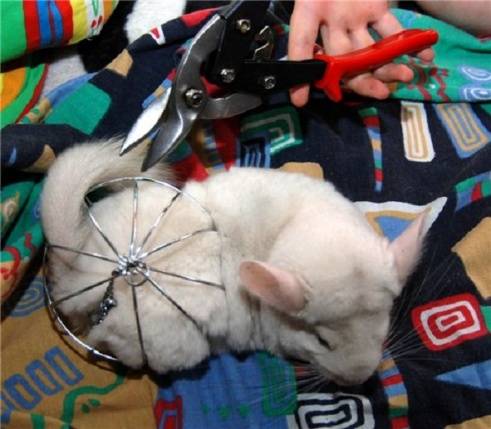
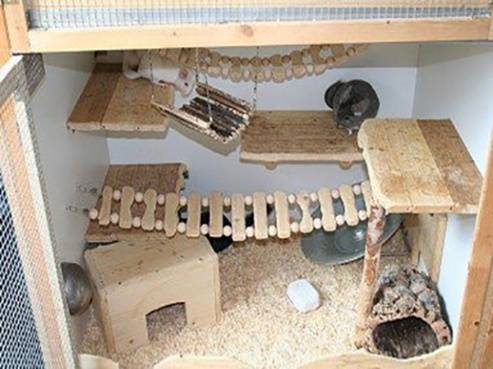
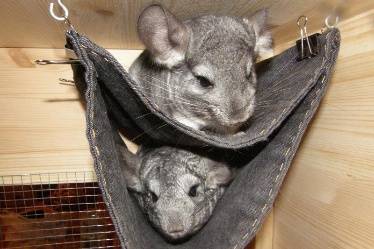
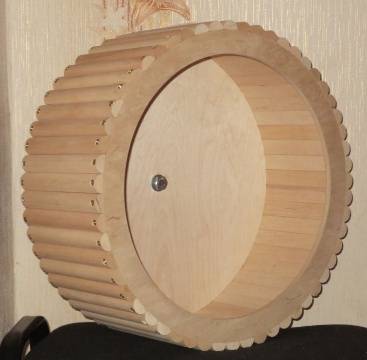
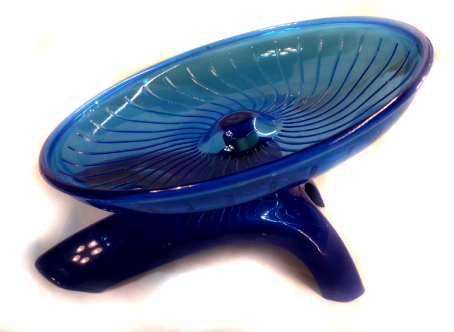
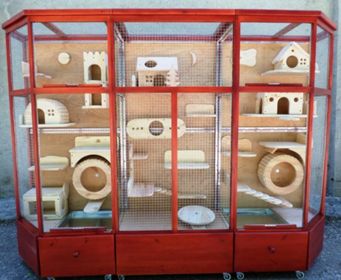
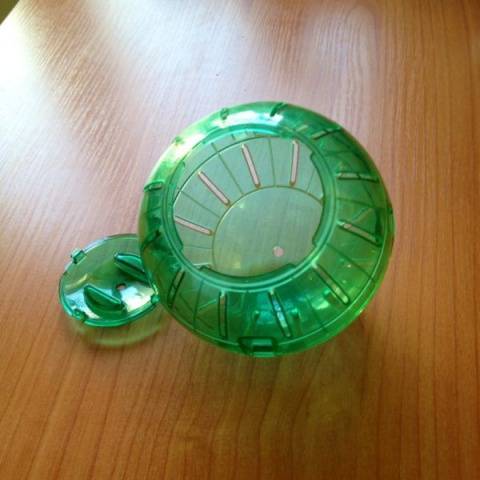
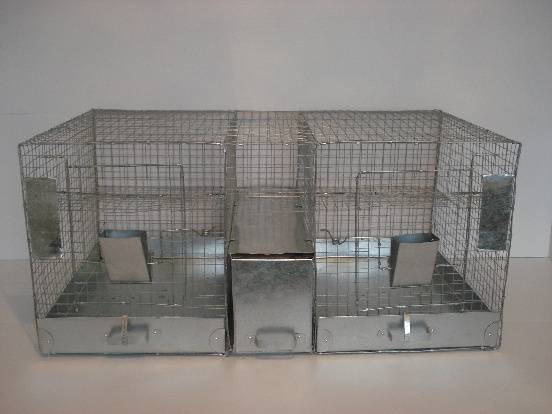

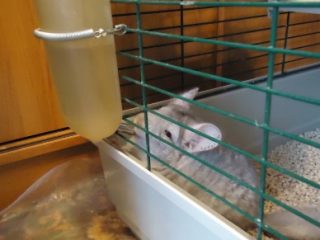
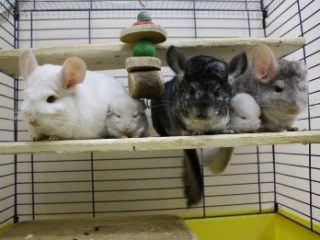
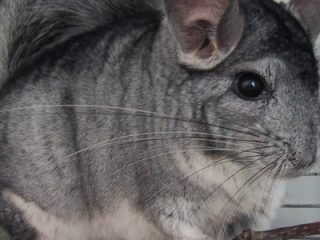

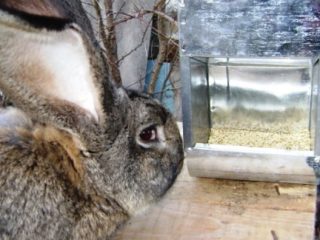
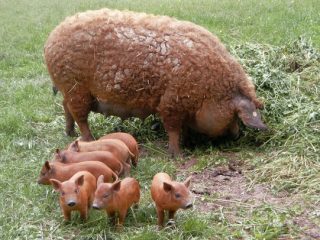


What is the distance between floors for a chinchilla?